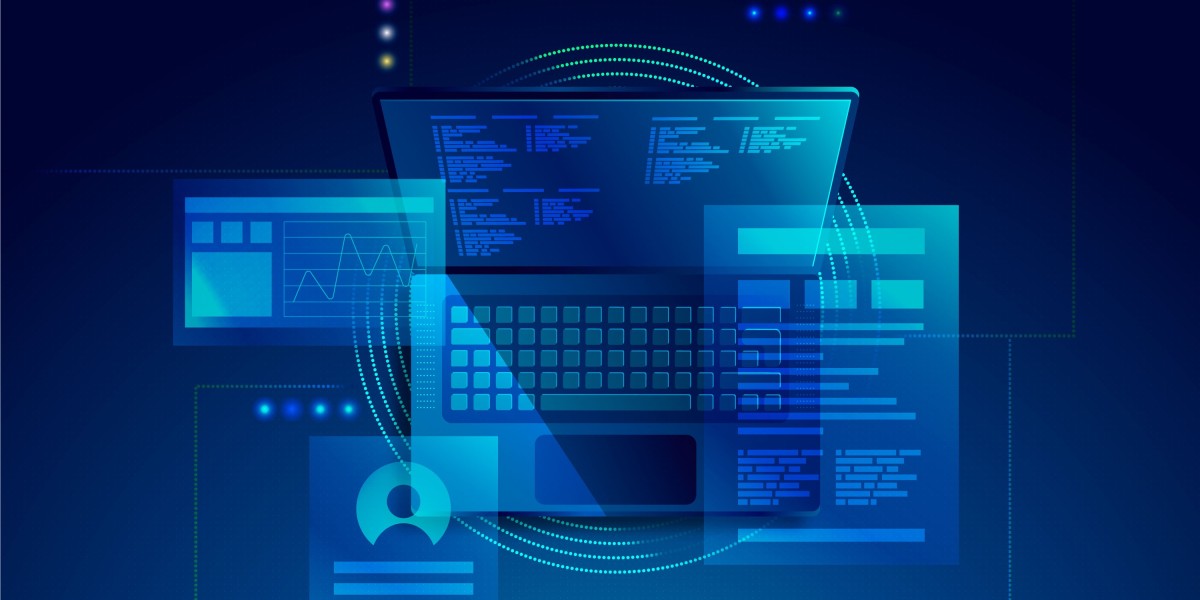In the ever-evolving world of software development, managing dependencies is a critical aspect of ensuring the stability and reliability of Java applications. One of the primary challenges faced by Java developers is dealing with library version conflicts. Fortunately, Java Dependency Graphs provide an effective solution to this common issue. In this blog, we will explore how Java Dependency Graphs can be a game-changer in managing and resolving library version conflicts, making your Java projects smoother and more efficient.
Understanding Java Dependency Graphs
Before we dive into solving library version conflicts, it's essential to understand what Java Dependency Graphs are and why they matter. A Java Dependency Graph is a visual representation of the relationships between various components or libraries in a Java project. It depicts how different modules, packages, and classes depend on one another. This graph allows developers to gain insights into the structure and complexity of their Java applications.
The Challenge of Library Version Conflicts
Library version conflicts can be a nightmare for Java developers. When you have multiple libraries or dependencies in your project, it's not uncommon for different parts of your code to require different versions of the same library. These conflicts can lead to runtime errors, compatibility issues, and even application crashes. Resolving them manually can be a tedious and error-prone task.
How Java Dependency Graphs Help
Java Dependency Graphs offer a comprehensive view of your project's dependencies, which simplifies the process of identifying and resolving library version conflicts. Here's how they can be a valuable tool in your Java development toolkit:
Dependency Visualization: Java Dependency Graphs provide a clear and visual representation of how libraries are connected to each other. This visualization makes it easier to spot conflicts and understand their origins.
Version Tracking: With Java Dependency Graphs, you can track the versions of libraries used by different parts of your application. This information is invaluable when you need to determine which version to prioritize or update.
Conflict Resolution: Java Dependency Graphs help you pinpoint where conflicts occur. By identifying the affected components, you can focus your efforts on finding the most appropriate solution.
Efficiency: Instead of manually sifting through code and build configurations, a Java Dependency Graph streamlines the identification and resolution of library version conflicts, saving you time and effort.
How to Utilize Java Dependency Graphs
Now that we understand the importance of Java Dependency Graphs let's delve into how to use them effectively:
Dependency Analysis: Start by generating a Java Dependency Graph for your project using specialized tools like Maven or Gradle. These tools can automatically build a visual representation of your project's dependencies.
Identify Conflicts: Once you have the graph, use it to identify library version conflicts. Look for nodes or components with multiple incoming dependencies, as these are often the source of conflicts.
Prioritize Conflicts: Not all conflicts are equally critical. Prioritize conflicts based on their impact on your application. Focus on resolving the ones that are most likely to cause issues.
Resolution Strategies: Depending on the nature of the conflict, you can employ various strategies, such as excluding specific dependencies, aligning versions, or using shading techniques to encapsulate libraries.
Benefits of Using Java Dependency Graphs
By harnessing the power of Java Dependency Graphs, you can enjoy several benefits:
Enhanced Stability: Resolving library version conflicts results in a more stable and reliable application.
Efficient Development: Developers can work more efficiently without the distraction of constant conflict resolution.
Reduced Maintenance: Maintenance becomes more straightforward, as it's easier to understand how changes affect dependencies.
Better Collaboration: When the entire development team has a clear view of dependencies, collaboration becomes more streamlined.
Faster Debugging: Java Dependency Graphs can also expedite debugging, as you can quickly locate the source of issues.
In conclusion, Java Dependency Graphs are an indispensable tool for managing library version conflicts in Java projects. They simplify the identification, prioritization, and resolution of conflicts, resulting in more stable and efficient applications. By integrating this practice into your development workflow, you can ensure that library version conflicts no longer stand in the way of your Java projects' success. Visit Java Understand Code for more information.








